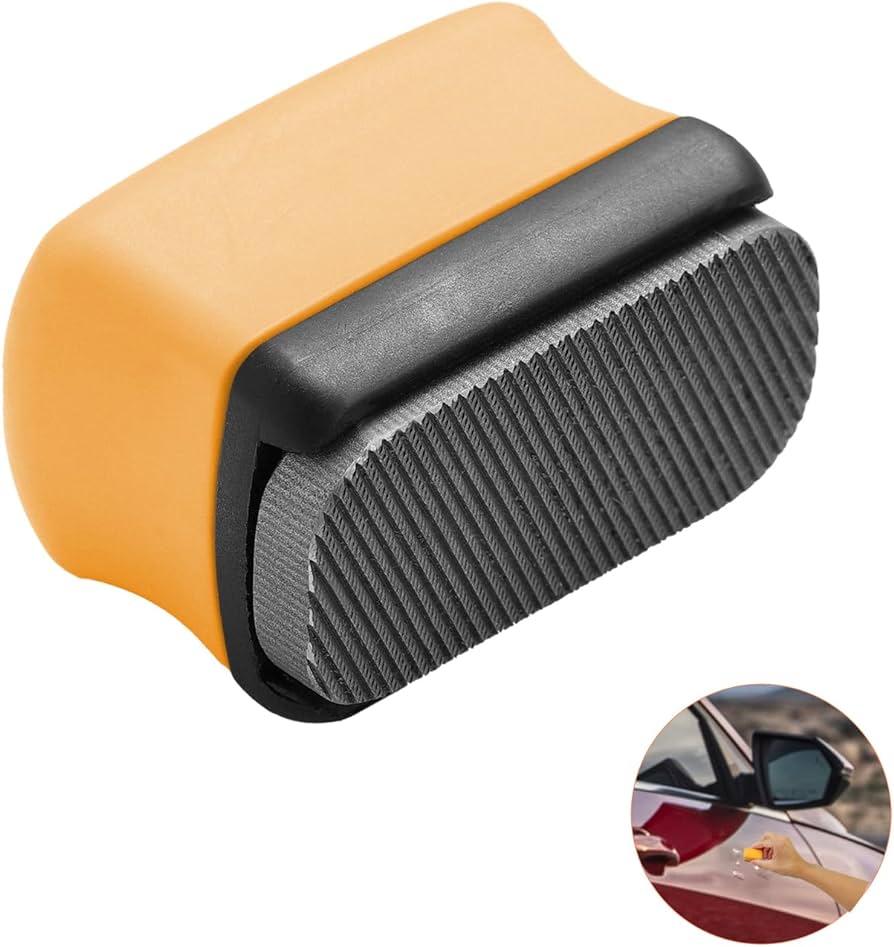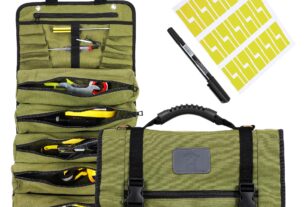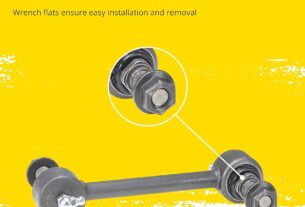If you’re a woodworker, you know that achieving a smooth finish is the hallmark of a well-crafted project. However, even the most expertly sanded surfaces can develop tiny imperfections known as “nibs.” These small bumps and rough patches can be frustrating to deal with, but fortunately, there’s a tool specifically designed to tackle them: the denibbing tool.
In this article, we’ll explore what denibbing tools are, how they work, and why they’re an essential part of any woodworking toolkit. We’ll also discuss some tips for using denibbing tools effectively and share some of the best options available on the market today.
What is a Denibbing Tool?
A denibbing tool is a specialized device used to remove nibs from woodwork. These tools come in a variety of shapes and sizes but generally consist of a handle and a replaceable abrasive pad or wheel.
The abrasive surface of the denibbing tool works by gently rubbing away the raised areas of wood fibers that create nibs. By doing so, it creates an even surface that’s ready for further sanding or finishing.
Most denibbing tools are powered by electricity or compressed air, although there are manual options available as well. Some models feature interchangeable pads or wheels in different grits, allowing you to customize your approach based on the severity of the nibs or the type of wood you’re working with.
Why Use a Denibbing Tool?
While it’s possible to remove nibs by hand-sanding or using other methods, denibbing tools offer several advantages over these approaches.
First and foremost, denibbing tools are much faster than sanding by hand. They allow you to cover large areas quickly and efficiently while still achieving excellent results.
Additionally, denibbing tools are very effective at removing stubborn nibs that may be difficult to reach with other tools. Their abrasive surfaces can easily access tight corners and hard-to-reach areas, ensuring a thorough job every time.
Finally, denibbing tools are very precise. Unlike sanding by hand, which can sometimes lead to uneven or inconsistent results, denibbing tools provide a uniform finish across the entire surface of your project.
How to Use a Denibbing Tool
Using a denibbing tool is relatively straightforward. Here are some tips for getting the best results:
1. Choose the right grit: Most denibbing tools come with interchangeable pads in different grits. Start with a coarser grit if you’re dealing with more severe nibs, then move on to finer grits as needed.
2. Use light pressure: Denibbing tools work best when you use light pressure and allow the tool’s abrasive surface to do most of the work. Pressing too hard can cause damage to the wood or create additional nibs.
3. Work in stages: Rather than trying to remove all the nibs in one pass, work in stages, focusing on smaller sections at a time. This will help you achieve a more consistent finish and minimize the risk of over-sanding.
4. Clean up thoroughly: After denibbing, be sure to thoroughly clean up any dust or debris left behind by the abrasive pad. This will ensure that your surface is ready for further sanding or finishing.
Top Denibbing Tools on the Market
There are many denibbing tools available on the market today, but here are some of our top picks:
1. Festool Planex LHS 225: This electric-powered tool features an adjustable handle and interchangeable pads in various grits.
2. Mirka DEROS 650CV: Another electric-powered option, this tool features a compact design and low vibration levels for comfortable extended use.
3. 3M SandBlaster: This handheld denibbing tool works with standard sandpaper sheets and provides excellent control and precision.
4. Hutchins Water Bug II: This pneumatic-powered option features a unique water-based lubrication system that helps prevent overheating and extends the life of the abrasive pad.
Conclusion
If you’re serious about achieving a smooth, flawless finish on your woodworking projects, a denibbing tool is an essential part of your toolkit. With their fast, precise, and effective performance, denibbing tools can help you achieve the perfect surface every time. So why not add one to your collection today?
References:
– “Denibbing Tool”, Wikipedia, https://en.wikipedia.org/wiki/Denibbing_tool
– “Best Denibbing Tools for Woodworking”, Family Handyman, https://www.familyhandyman.com/list/best-denibbing-tools-for-woodworking/




